Imagine every flame in the world burning as a light of peace.
The IMAGINE PEACE project creates a vibrant network of collaboration between festivals and scientific institutions, fostering mutual inspiration and knowledge exchange across five European light festivals: Brixen, Copenhagen, Essen, Oslo, and Pula.
By uniting artistic expressions born from transnational cooperation with sustainable practices and a forward-looking perspective, the project celebrates Europe’s cultural diversity, highlights the enduring importance of peace, and encourages more environmentally conscious approaches to festival planning.
To ensure measurable sustainability, the five festival organizers work in close partnership with two scientific institutions: the University of Innsbruck (Austria) and the Institute for Public Management at Eurac Research (Italy).
Copenhagen Light Festival
Copenhagen Light Festival
Essen Light Festival
Essen Light Festival
Fjord Oslo
Fjord Oslo
Visualia Festival of Light, Pula
Visualia Festival of Light, Pula
Water Light Festival, Brixen
Water Light Festival, Brixen
Videos
Essen Light Festival features bubbles, pallets for 'Imagine Peace'
The Essen Light Festival, which kicked-off its 10th edition on Thursday (October 2), is celebrating its milestone anniversary featuring installations reflecting the theme "Imagine Peace.” “Peace for ...me is the freedom to make a light installation like this,” said Dresden-based artist Claudia Reh.Show More

The Essen Light Festival, which kicked-off its 10th edition on Thursday (October 2), is celebrating its milestone anniversary featuring installations reflecting the theme "Imagine Peace.” “Peace for ...me is the freedom to make a light installation like this,” said Dresden-based artist Claudia Reh.Show More

The artwork is part of the EU ...project Imagine Peace and will be presented at Essen Light Festival, marking the 80th year of peace in Europe – before touring to Oslo (Norway), Brixen (Italy) and Pula (Croatia).
In the workshop, participants were asked: What is peace for you?
Among them were Rezvan Shahrabi Farahani from Iran and Tamar Dvir from Israel.
“Society has two levels – war is between governments, but this is among people,” says Rezvan.
“It is fantastic doing this - creating peace in me” adds Tamar.
They had never met before – but the power of the human encounter made them work together, creating peace within.
#ImaginePeace #LightArt #EULightProjectShow More

Management, Artistic & ...Curation, Sustainability, Communication & PR, Dissemination, and Transport.
This meeting marked the official start of the project, which began in December 2024, laying the groundwork for a cross-border collaboration rooted in peace and European unity.
#imaginepeace #creativeeuropeShow More

Management, Artistic & Curation, Sustainability, Communication & PR, Dissemination, ...and Transport.
This ongoing cross-border collaboration promotes peace in Europe through inclusion, sustainability, EU partnerships, and friendship.
#imaginepeace #creativeeuropeShow More
Sustainability
Sustainability has become an essential aspect of contemporary event planning. Light art festivals, which often require substantial technical resources and attract international audiences, have a unique opportunity – and responsibility – to lead by example. As part of the Imagine Peace Project, a European Union co-funded cooperation, we have developed a Sustainability Audit to help festivals assess and improve their economic, ecological and social impacts.
The audit provides a structured method to evaluate the current sustainability level of each festival across all the so-called “three pillars of sustainability”, which include economic, ecological and social dimensions. The audit identifies areas of strength and opportunities for improvement and aims to establish a shared model for sustainable planning and implementation across festivals.
To measure sustainability on an empirical base, the audit is developed in collaboration with two scientific partners: the University of Innsbruck (Austria) and the Institute for Public Management of Eurac Research (Italy). Their expertise ensures that the methodology is both academically grounded and practically applicable to these artistic events.
The audit proposes different guidelines to assess economic, social and environmental sustainability at managerial, procedural and results level. Among else, the following aspects receive great importance in the audit:
1. Energy Efficiency & Renewable Sources
This section assesses the festival’s commitment to reducing energy consumption and adopting renewable energy sources. It considers whether energy-efficient lighting technologies such as LEDs are in use, whether smart power management systems are implemented, and if electricity is sourced from renewable providers. Festivals are encouraged to reduce energy waste during all phases of the event, including setup, operation, and dismantling. A high score in this category reflects strategic planning and a clear move towards cleaner, greener energy solutions.
2. Waste Reduction & Recycling
Effective waste management is essential for sustainable festival planning. This category evaluates how festivals reduce and handle waste, including the use of reusable or compostable materials, clear separation systems, and the reduction of single-use plastics. In terms of communication, festivals are encouraged to limit printed materials and favour digital solutions to further reduce unnecessary waste. These actions contribute to a more efficient and responsible use of resources.
3. Community Awareness Initiatives
Raising awareness and involving the public are essential elements of a holistic sustainability strategy. This part of the audit evaluates how festivals communicate their sustainable practices and engage the local community. It includes educational programs or exhibitions focused on environmental themes, collaborations with schools and community groups, and the presence of on-site and online information about the event’s sustainability goals. Outreach campaigns that inspire eco-conscious behaviour among visitors are also part of this assessment. These efforts aim to build a long-term culture of sustainability beyond the festival itself.
4. Eco-Friendly Transportation
Transportation to and from the festival can significantly impact its carbon footprint. This section measures how festivals promote environmentally friendly mobility options for visitors, artists, and staff. It takes into account the availability of public transportation and shuttle services, the promotion of walking and cycling routes, and the encouragement of carpooling or low-emission vehicles. Reducing travel-related emissions not only benefits the environment but also strengthens the festival’s connection to its host city and surroundings.
5. Social Sustainability & Accessibility
Sustainability also means inclusivity. This category focuses on how festivals ensure access for everyone, regardless of physical, sensory, or cognitive ability. It considers the accessibility of installations, public spaces, and sanitary facilities, as well as the inclusivity of both online and offline communication. This includes accessible websites, easy-to-understand signage, alternative formats for information (such as braille, captions, or sign language), and clear points of contact for assistance. A socially sustainable festival ensures that all visitors can experience the event fully, comfortably, and with dignity—making inclusion not just an add-on, but a fundamental value.
6. Local & Sustainable Materials
This category evaluates the sourcing of materials and services. Festivals are encouraged to work with local suppliers and craftspeople, to use regionally available resources, and to prioritize recycled, biodegradable, or sustainably certified materials. The reuse of installations and structures across multiple events or years is also considered a best practice. This approach supports local economies, shortens supply chains, and contributes to a circular economy mindset that aligns with long-term sustainability goals.
7. Economic Impact and Efficiency
The audit also considers the economic sustainability of the event and how its assets are managed to enhance positive impacts on both the event itself and the local community. This category examines not only the financial management and associated risks but also how assets such as workforce and knowledge are utilized. Additionally, attention is given to the impact on the local community, as events can attract tourists and visitors during off-season periods, thereby supporting local businesses and economic activities.
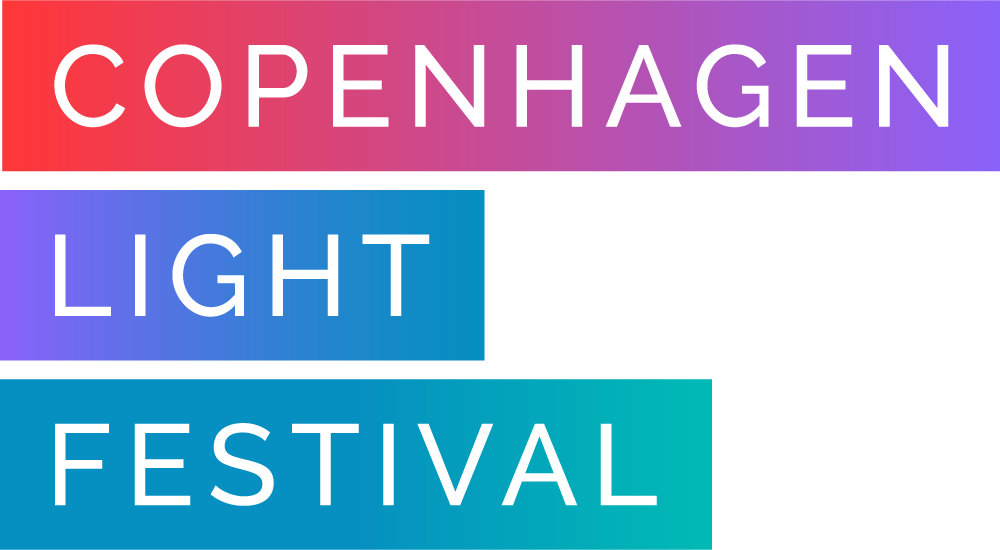
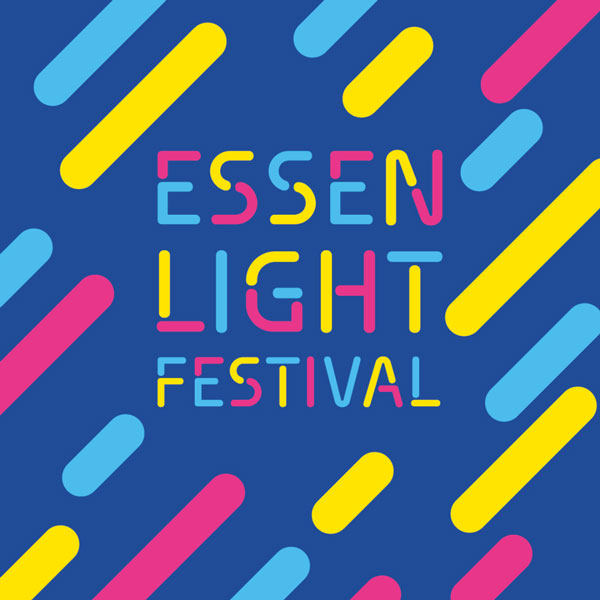
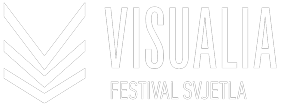
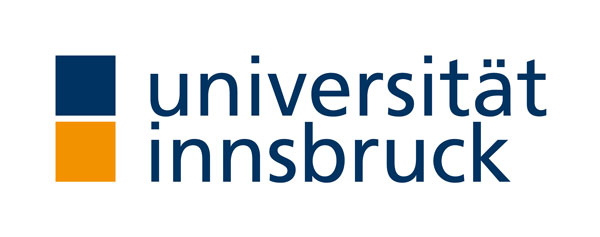
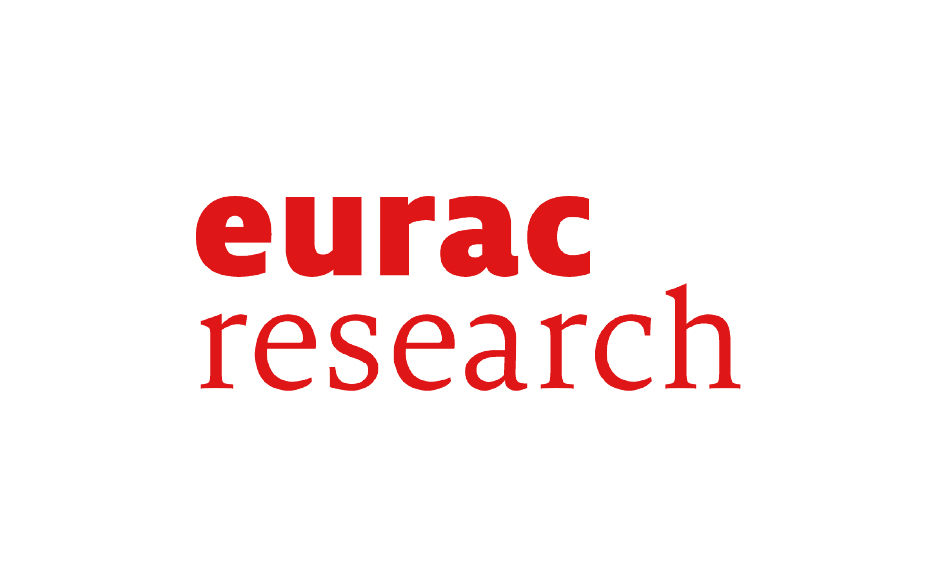
Social Wall
On 14 November we carried out the sustainability audit for the very first edition of the Visualia Festival of Light.
The committee brought together the festival’s organisation team, the scientific partners EURAC Research and the University of Innsbruck, a fellow festival organiser from Imagine Peace – in this case representing Brixen – as well as a local partner: Perica Suran Zivkovic, a private entrepreneur engaged in various educational platforms and cultural events in Pula.
Together we shared observations, reflections and constructive feedback on the Visualia Festival of Light, which took place from 18–20 September.
@redrumx @niki.fromtheblock @mbolkovic @maffeidavide @veronica_moscon @hannabizjak
🌟 @essenlightfestival
📍 Essen, Germany | 📆 October 02 ‒ 12, 2025
We’re delighted to highlight another shining chapter of the Imagine Peace project — the Essen Light Festival, part of our EU-funded journey to weave art, technology, and peace through light.
For ten magical nights, the city of Essen turns into a glowing gallery: luminous installations, poetic projections, interactive artworks, and streets bathed in radiant creativity.
✨ Free and open to all, this festival is an invitation to pause, to marvel, and to experience how light can connect us.
Come and let the city shine on you.
#imaginepeace #creativeeurope
✨ Art, Light & Sustainability ✨
As part of the EU project Imagine Peace, EURAC Research launched the Sustainability at Light Festivals survey on site – already 150 responses collected.
In the picture (l.–r.): Davide Maffei, Veronica Moscon, Nikolina Vuković, Hanna Bizjak, Marko Bolković.
In the background: Pallets by Visualia Group & Stefan Vidović.
In total, 17 light installations turned the city into a glowing gallery.
📸 Visualia Festival of Light /Teodor Korodi
#VisualiaFestival #LightArt #Sustainability #EUproject #Brixen
🌟 @visualiafestival
📍 Pula, Croatia | 📆 September 18 ‒ 20, 2025
We’re proud to share one of the brilliant highlights of the Imagine Peace project — the Visualia Festival of Light in Pula, part of our EU-funded initiative to bring art, technology, and peace together through illumination and creativity.
Expect immersive light installations, dreamy audiovisual projections, interactive works, and a city transformed into a canvas of imagination. Free and open to everyone, this three-day spectacle is where creativity and community meet under the stars.
Don’t miss it — let your senses wander, let the lights speak. ✨
#imaginepeace #creativeeurope
IMAGINE PEACE – YOUR WORD MATTERS 🌍
A light installation shaped by your voice.
What does peace mean to you?
Share one word, your name, and age in the comments – in any language.
Example: Togetherness, Hanna, 18
Your word will be projected onto "Pallets" by Visualia Group and Stefan Vidović – a travelling artwork made of reused pallets, connecting communities across Europe through light and language.
Be part of something bigger.
Let’s build peace, one word at a time.
______
#imaginepeace #creativeeurope